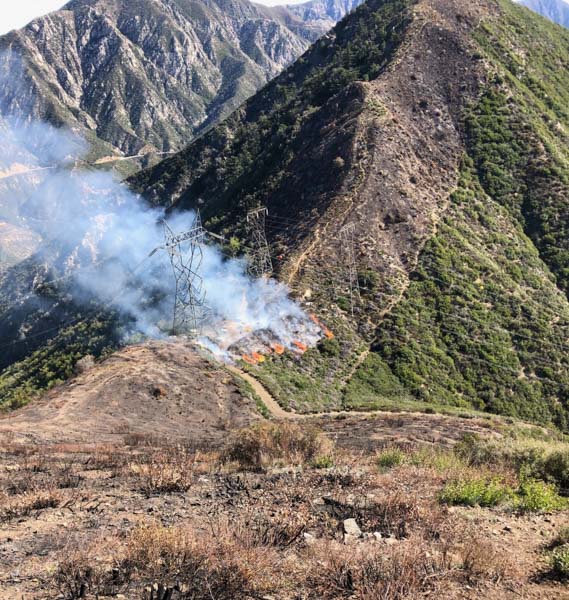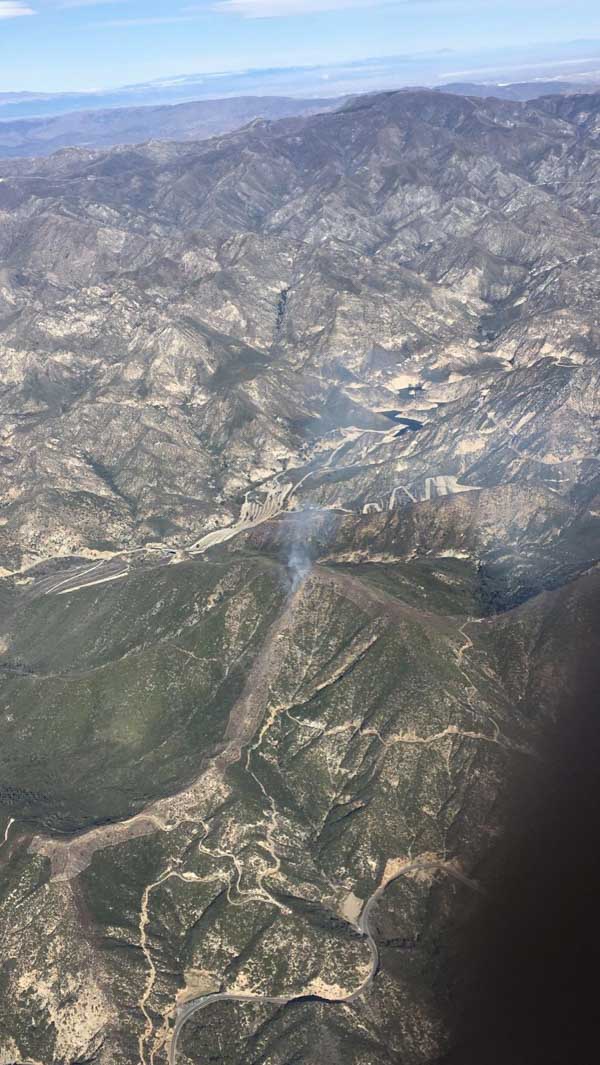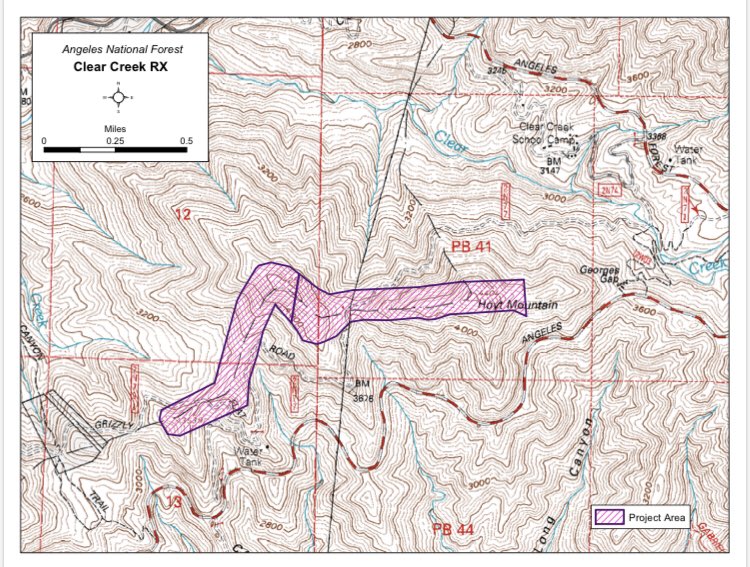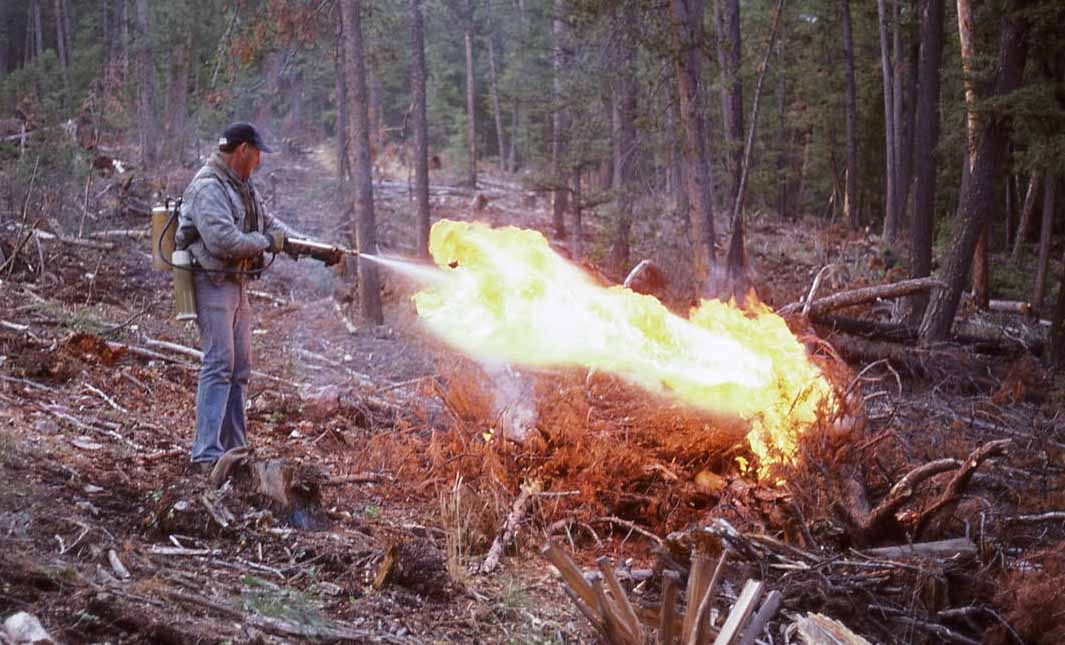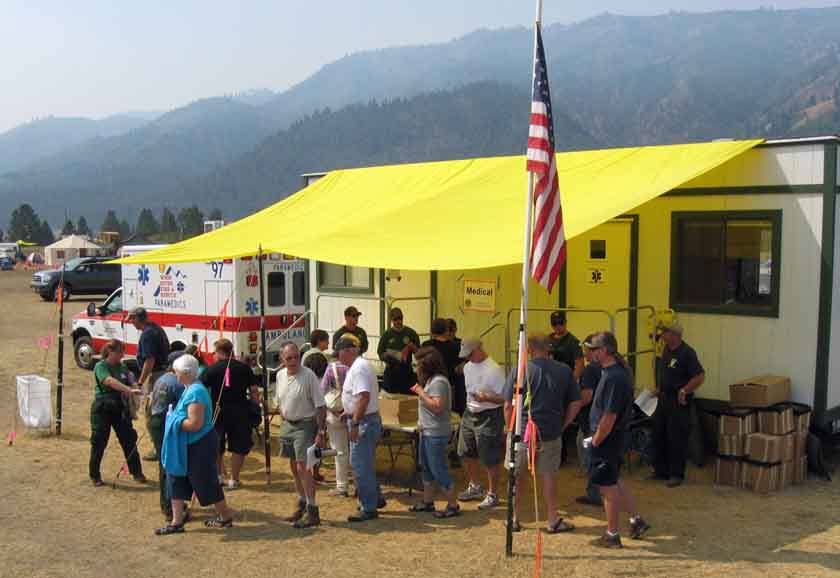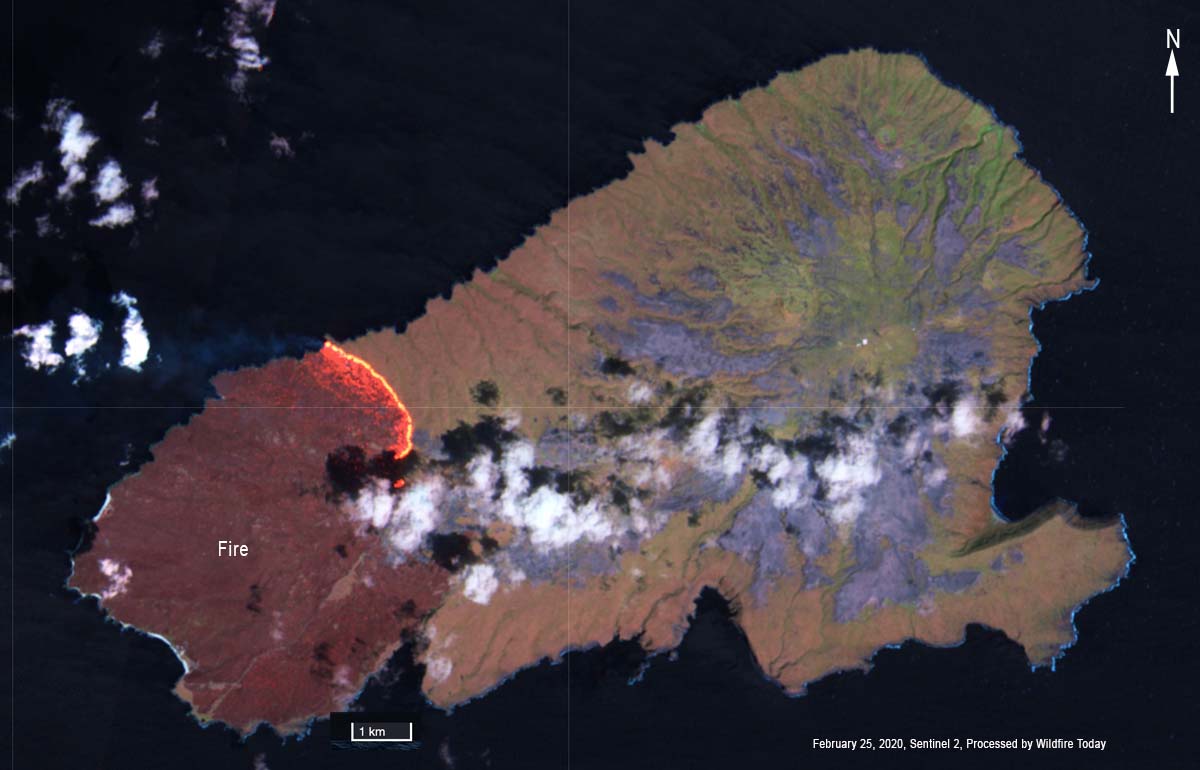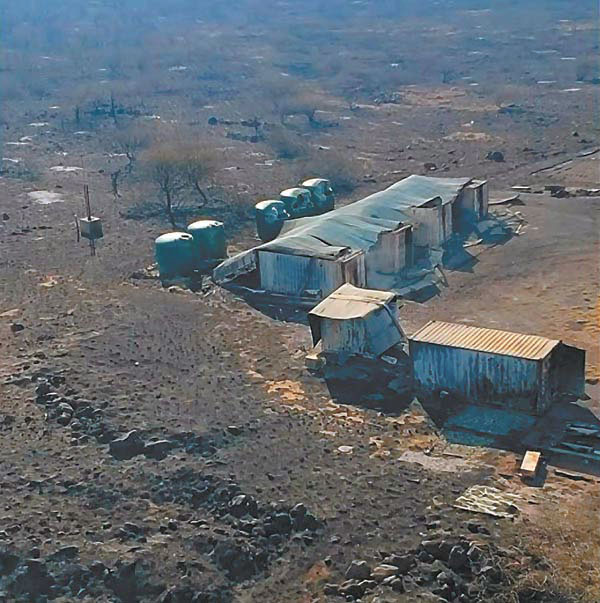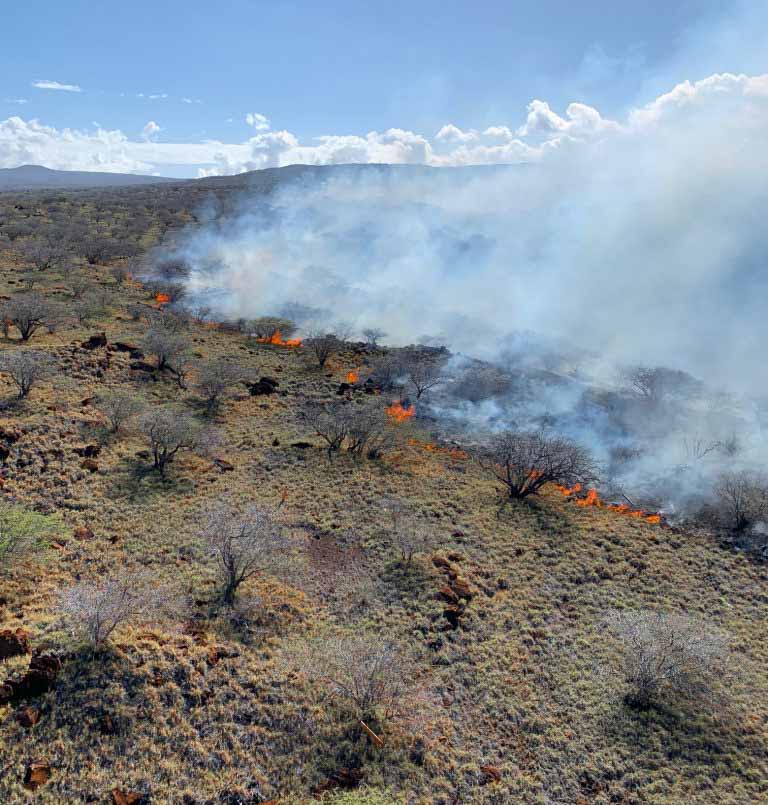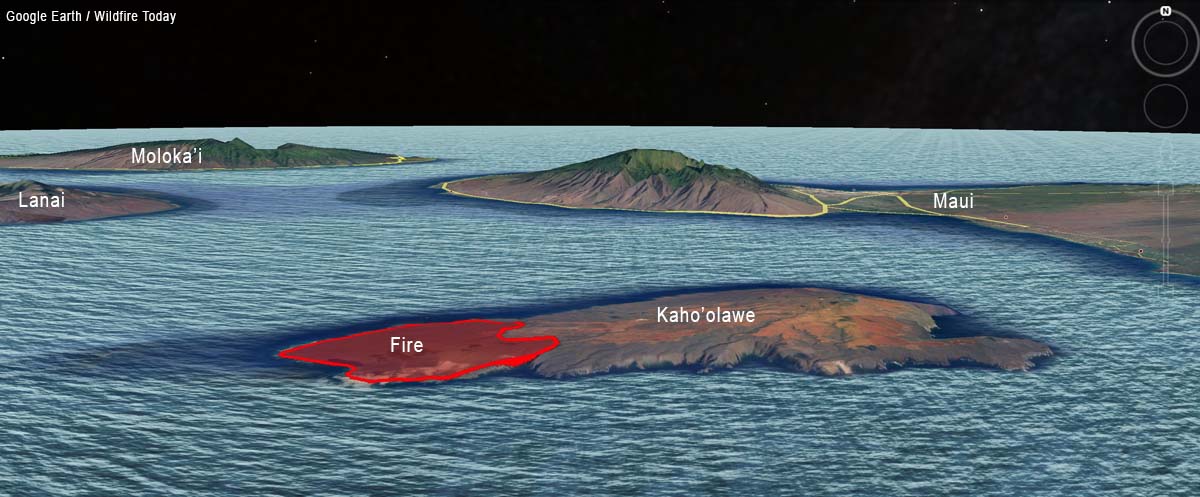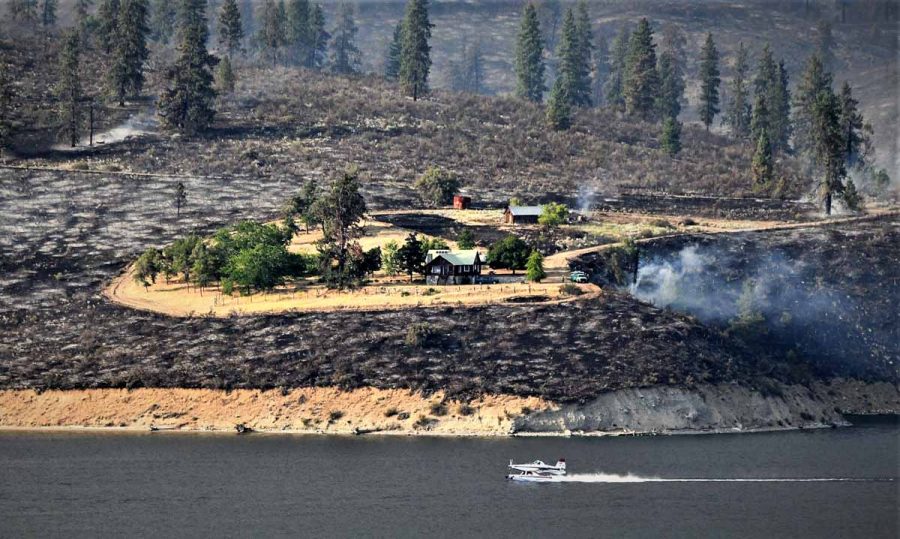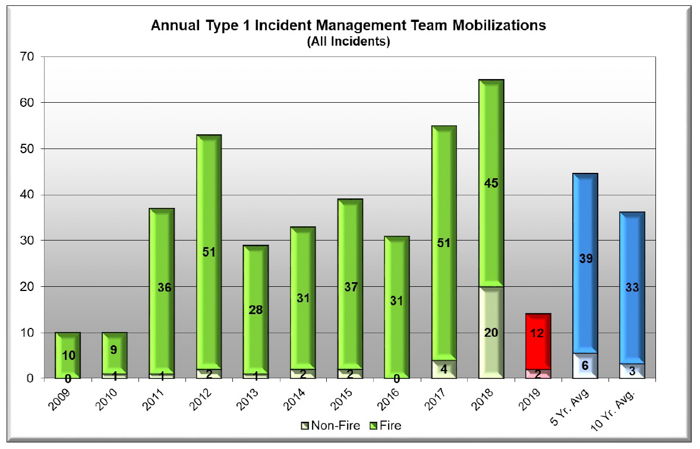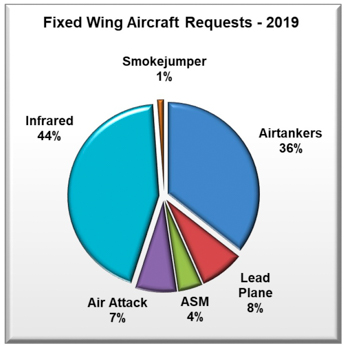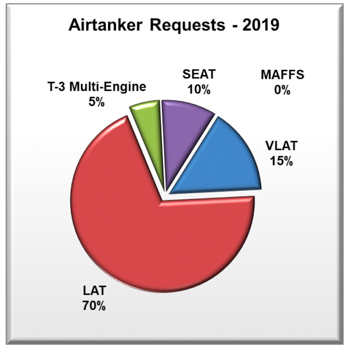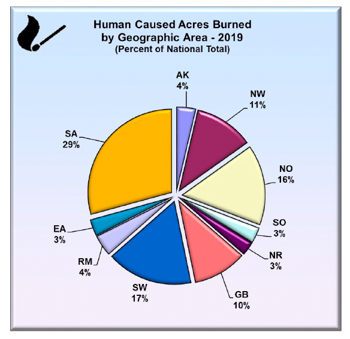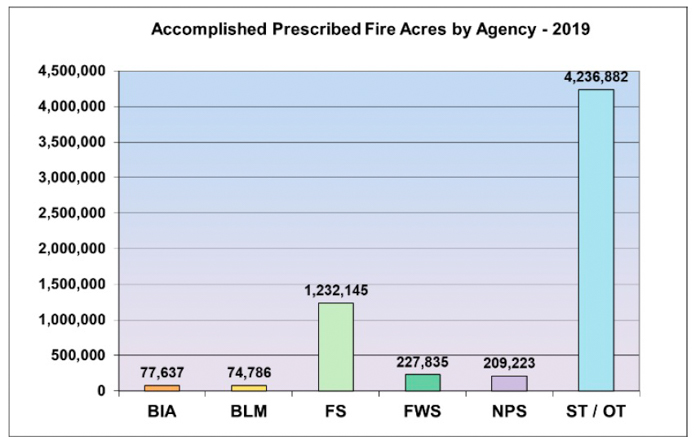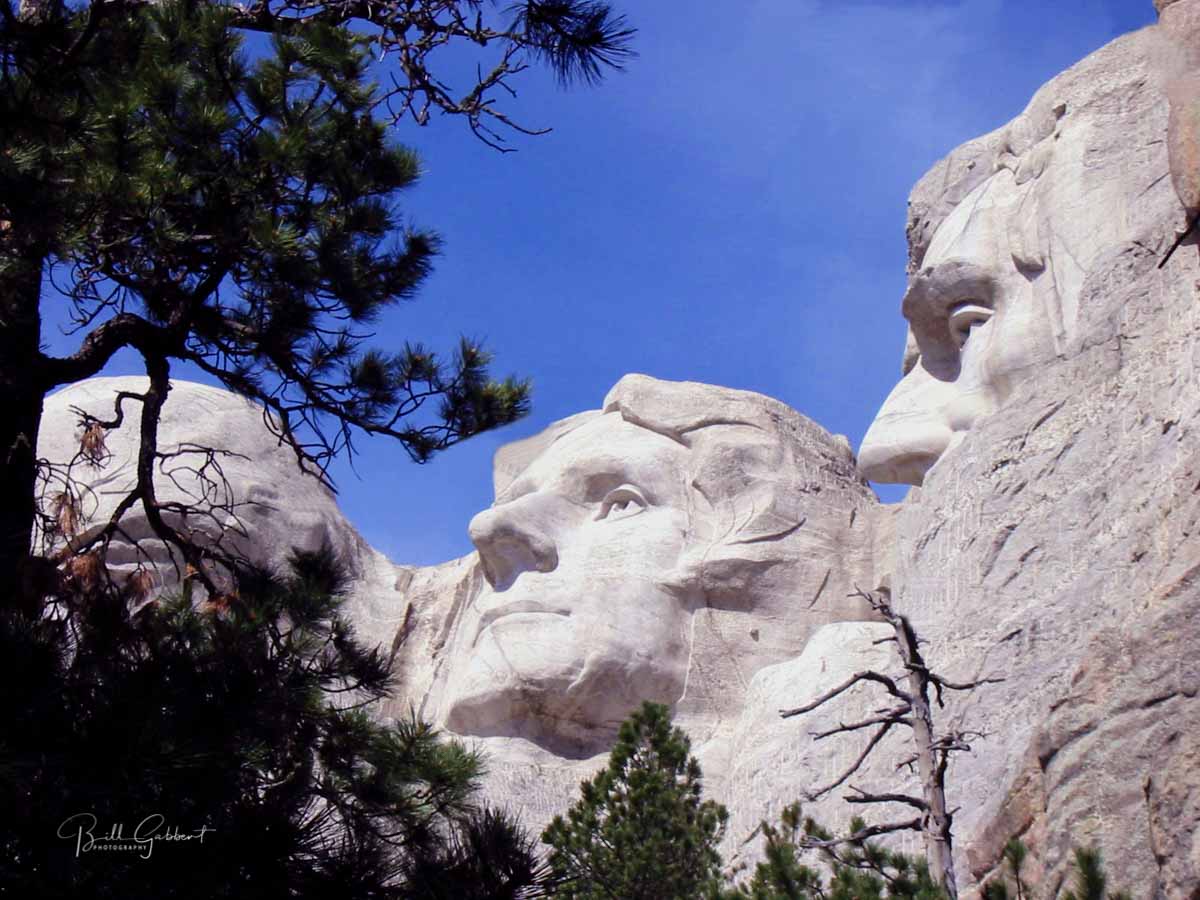
The National Park Service has released an Environmental Assessment (EA) as part of their plan to explode fireworks at Mount Rushmore National Memorial in the Black Hills of South Dakota. The next step is a relatively short period during which the public may submit comments about the EA.
You have 30 days, until March 30, 2020 to express your opinion.
After March 30 the NPS is supposed to evaluate the public comments and then make a decision about whether to proceed with the fireworks or not.
Download the EA and submit a comment. Express your opinion on the use of fireworks at Mount Rushmore. (A backup copy of the EA can be found here.)
Fireworks were used at Mount Rushmore on July 3 or 4 from 1998 to 2009, except for 2002 when it was canceled due to the danger of the pyrotechnic display starting wildfires. During those 11 events 20 documented wildfires were ignited by the fireworks during the middle of the fire season. They were all suppressed by the 60 to 80 firefighters staged around the sculpture before they could grow large. The park is not just the stone carving; it has over 1,000 acres of timber within the boundary, and beyond that is the Black Hills National Forest.
Concerning the threat of adding to the 20 wildfires started in previous fireworks displays, the EA states that in a dry year a wildfire “would be more likely to result in a high-consequence fire burning outside the boundaries of the Memorial and toward the town of Keystone, South Dakota, up the northeast aspect of Black Elk Peak, or into the basin near Horsethief Lake.”
I was the Fire Management Officer for Mount Rushmore and six other parks during the first four years that fireworks were used on Independence Day at the Memorial. I developed a plan that would require that the weather and fuel conditions be within certain parameters before the fireworks could be used. We continued to refine the plan each year, settling on Probably of Ignition as one of the primary factors on the go/no-go checklist, especially after the fireworks started about 10 fires one year. All of the fires were small and were suppressed by the scores of firefighters we had positioned in the forest around the sculpture.
Park Superintendents Dan Wenk and Gerard Butler promoted and encouraged the program that started numerous fires, rained down tons of debris, and as we found out in 2016, poisoned the water with chemicals. The U.S. Geological Survey discovered that the ground and surface water at Mount Rushmore are contaminated with perchlorate, a component of rocket fuels and explosives. They determined that the chemical came from the fireworks over that 12-year period.
The EA has several paragraphs devoted to the perchlorate and says the concentrations in the water inside the Memorial are “orders of magnitude higher” than reference samples outside the Memorial. But that is an understatement at best. Order of magnitude may sound vague, but it usually means ten times higher. Unmentioned in the EA is the fact that data from the USGS report showed that a maximum perchlorate concentration of 54 micrograms per liter measured in a stream sample between 2011 and 2015 was about 270 times higher than that in samples collected from sites outside the memorial, which were 0.2 micrograms per liter. The Centers for Disease Control says high levels of perchlorates can affect the thyroid gland, which in turn can alter the function of many organs in the body. The fetus and young children can be especially susceptible.
According to the EA the U.S. Environmental Protection Agency is planning to raise the health advisory for perchlorate from 15 to 56 micrograms per liter. Maybe it is just a coincidence that it would put the contaminated water at Mount Rushmore suddenly within acceptable guidelines. But a process like this is consistent with other environmental policy changes by the federal government in recent years.
Another issue with exploding pyrotechnics over the Memorial is the trash that can never be completely picked up. Left on the sculpture and in the forest are unexploded shells, wadding, plastic, ash, pieces of the devices, and paper; stuff that can never be totally removed in the very steep, rocky, rugged terrain.
Here is an excerpt from page 38 of the EA:
Although it would be the responsibility of the fireworks contractor to remove unexploded ordnance and fireworks debris from the minimum separation distance, the rugged topography of the area would preclude complete recovery of unexploded ordnance and debris. Unexploded ordnance fallout and fireworks malfunction have the potential to cause impacts on buildings, structures, and the cultural landscape from burn marks and scorching, which occurred during past shows. A fireworks malfunction within the Hall of Records area could cause adverse impacts on the walls and the entrance to the Hall of Records…Past fireworks events have left burn marks on top of the sculpture and embedded plastic debris. The preferred alternative would result in additional unexploded ordnance and debris on the landscape.
The language in the announcement of the EA makes it appear that the Park Service wants the state of South Dakota to be the focal point for the effort to explode pyrotechnics over the Memorial: “The National Park Service (NPS) is evaluating a proposal by the State of South Dakota to host a fireworks display at Mount Rushmore National Memorial on July 3, 2020.”
Shortly after the EA was posted on the NPS website, Kelly Andersson left a comment on one of our earlier articles about the attempt to use fireworks at the Memorial. She wrote, “… All y’all feel free to revise mine or write your own.” You can see it here — scroll way down, it’s dated February 29, 2020.
Other articles on Wildfire Today about fireworks at Mount Rushmore:
- President and South Dakota Governor say Mount Rushmore Fireworks will be restored, December 18, 2019
- Politicians want to resume fireworks displays over the forest at Mount Rushmore, May 9, 2019
- Evidence suggests that water at Mount Rushmore contaminated by fireworks displays, May 4, 2016
- Mount Rushmore July 4th fireworks canceled due to fire danger, January 14, 2010


